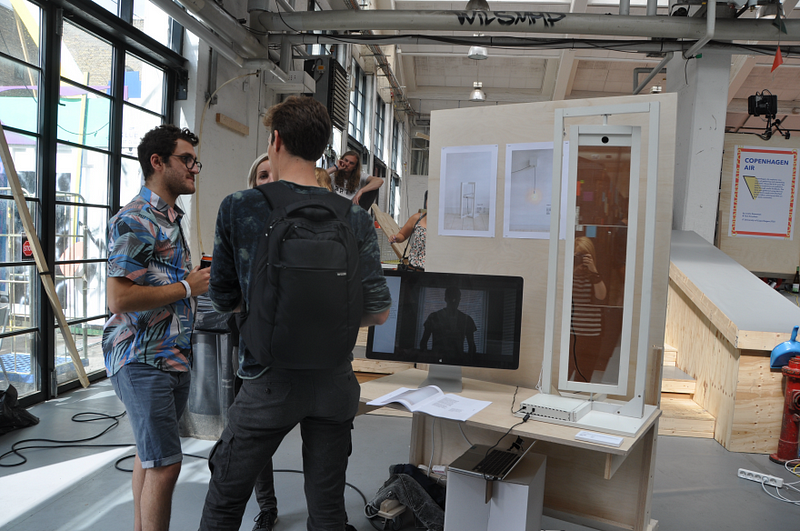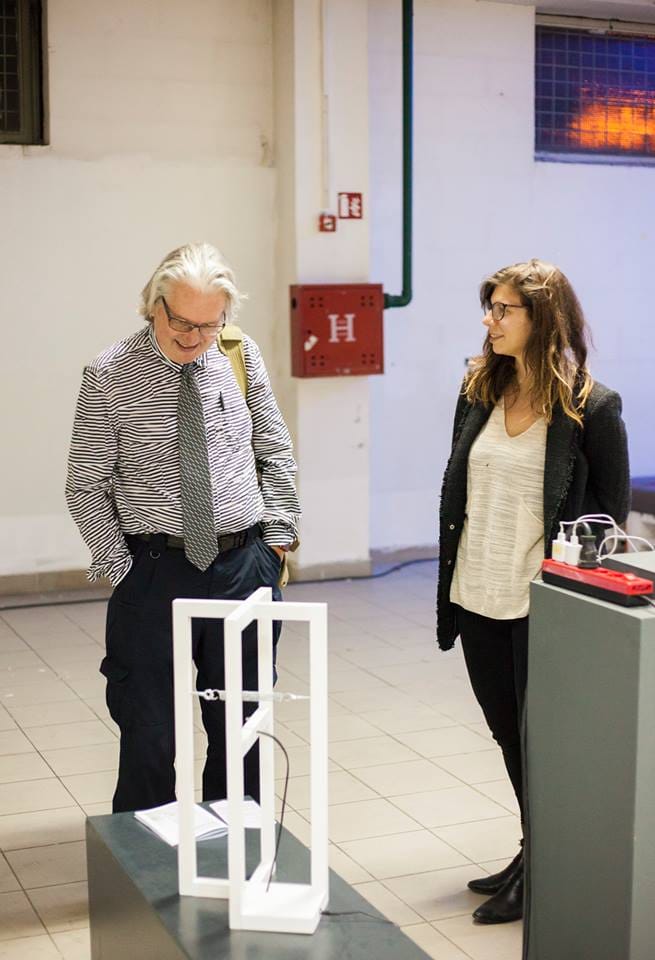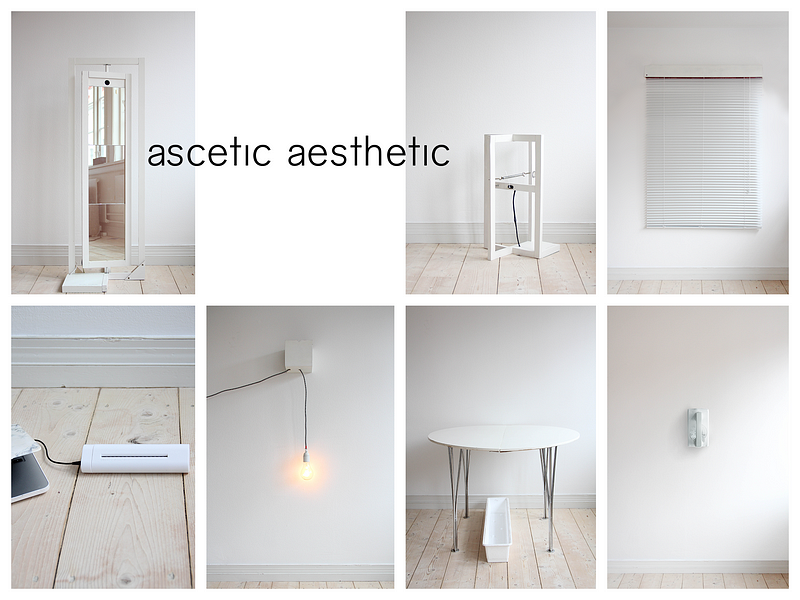As we welcome artificial intelligence into our homes, we will not only have to make it adapt to our lifestyle, their designs will make us change as well. Objects will become increasingly aware of us and companies will design proprietary ecosystems in the name of user benefit. These technologies are promising a better life and users are adopting them, unaware of the downsides and without considering why they need any of it.
Project Goal
Our project goal was to point at the increasing technological presence in our homes and see how they might be controlling us more than we control them. These devices have motives that are often hidden from us as users, and the companies that make them have profit motives that may or may not always be in our best interest.
We used religion to highlight the aspects of AI that are obscure and not adaptive, to exaggerate the point as it is also a fixed mysterious governing rule set that promises well-being for the individual without any clear reward system. To create objects which do not respond to the user but rather have the user respond to them.
Each of the seven objects individually isn’t immediately threatening but the collection of 7 creates a system where the user is blissfully happy following the rules but doesn’t question why they need those rules.
Ascetic Aesthetic Product Catalogue
Through the creation of a product catalogue of these beautiful yet disturbing objects, our aim is to spark a discussion about the future.
We were fortunate enough to invited to host a booth at the TrailerPark I/O 2016 festival where we were able to engage the attendees with our furniture and the following questions:
- What happens when more objects communicate to each other about your status?
- What happens when different AI are present in the same space?
- At what point would there be conflict between the different religions that have been created?


Left: Ascetic Aesthetic at TrailerPark I/O 2016, Copenhagen — Photo by Teshia Treuhaft from Core77. Right: Renown sci-fi writer, Bruce Sterling, enjoying Object C6 at Plan D – International Design Festival, Zagreb, 2017.

This project was completed during my time at the Copenhagen Institute of Interaction Design (CIID) with Leila Byron, Monika Seyfried, and Nicolas Armand.
You can view the posting on the school’s website below:

